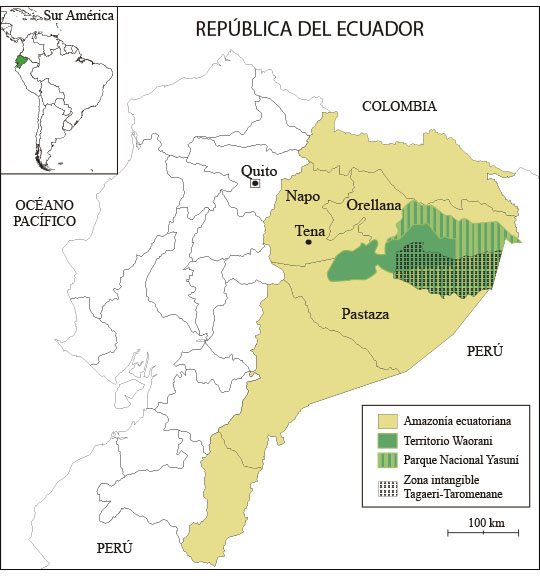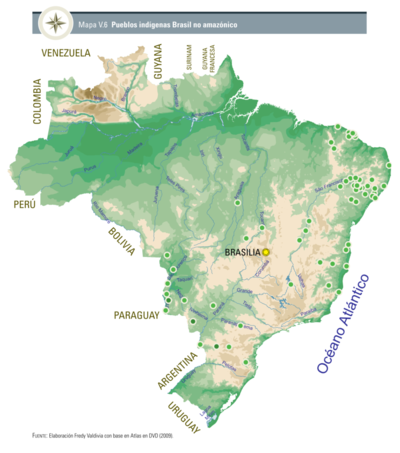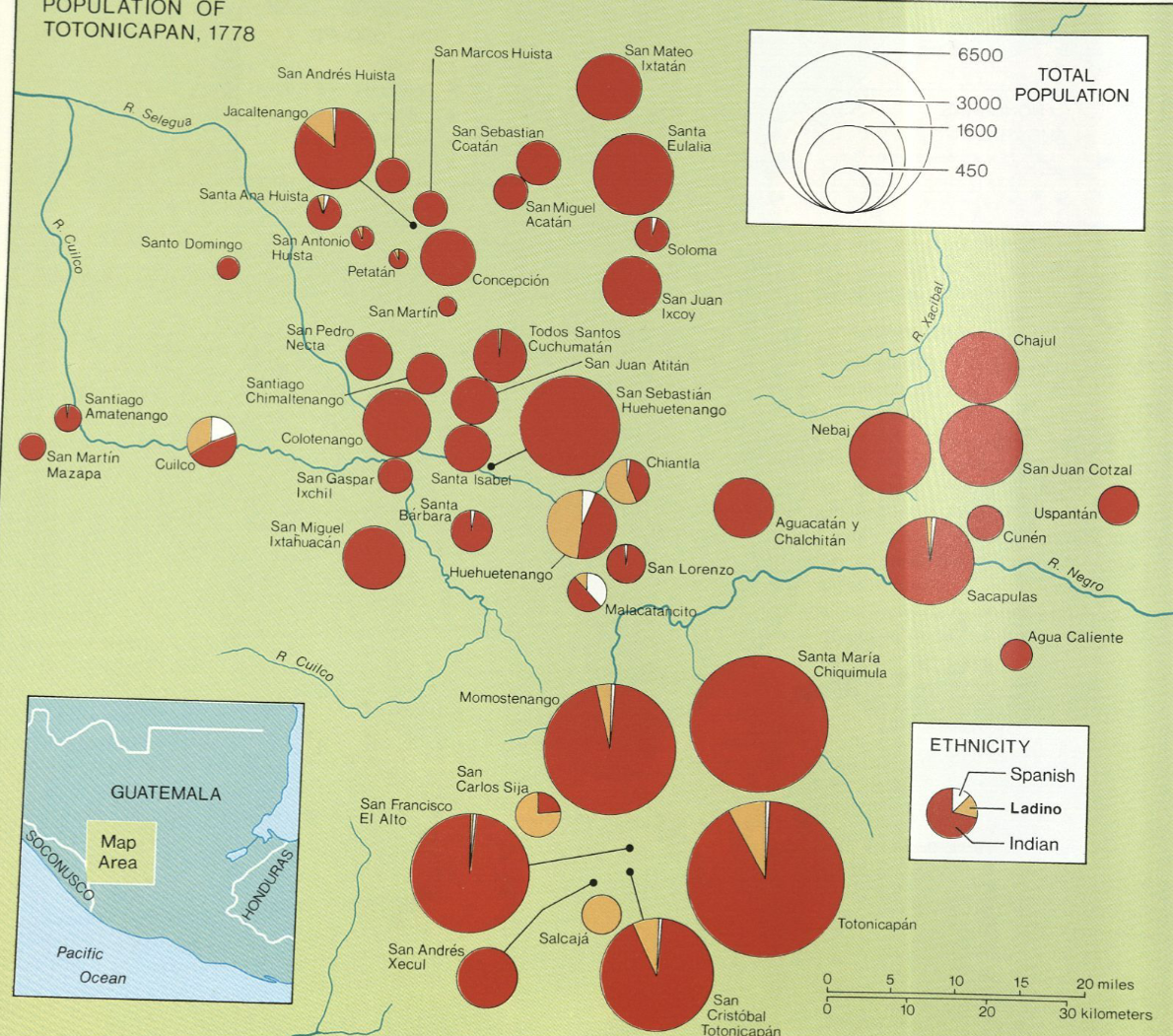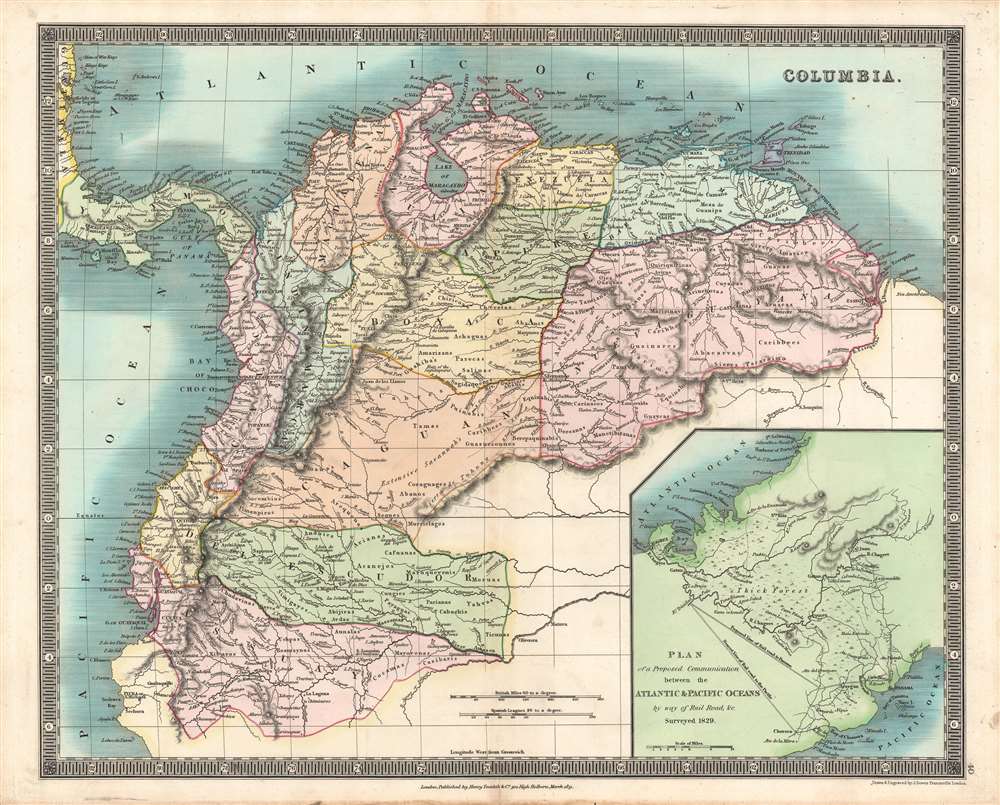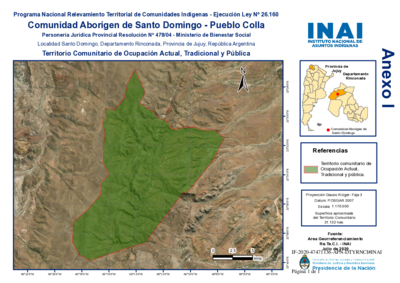About the List of Peoples
This list of “Peoples” has over 4,000 names used to refer to Indigenous Peoples, and a small number of terms that refer to Cimarrón and Afro-descendant Peoples. A comparative analysis of Indigenous legislation in 14 Latin American countries generated an initial list of 457 names of Indigenous Peoples (as of 2022), to which 256 Peoples from Brazil were added. The initial list was expanded with the names of Peoples found in other sources and in the map collection.1 Different spellings and names that over time refer to the same People are associated. The list is a search tool for content and maps, but not a definite list of Indigenous Nations. In fact, some labels in historic maps are racist and repugnant. They are reproduced such that those maps can be searched, contextualized, and studied. We invite you to write to us at dia-team@upenn.edu with your comments or questions.
About the Peoples’ Coding Team
The task of listing and grouping the names of Peoples, as derived from the current legislation of Latin American countries, with those found in the maps database, and associating them by different spellings, as well as by Peoples’ names that have changed over time, has been a complex and a collective effort. The following individuals participated, in order of responsibility and involvement:
Belén Unzueta
Tulia G. Falleti
Sergio Carballido Murcio
Javier Ardila
Laura Pensa
Charlotte Williams
Brian Daniels
Lucia Stavig
Belén Unzueta conducted the comparative analysis of Indigenous legislation in Argentina, Bolivia, Chile, Colombia, Ecuador, El Salvador, Guatemala, Honduras, Mexico, Nicaragua, Panama, Paraguay, Peru, and Venezuela. ↩︎
![[Ecuador & Peru Coastlines] Carta particolare del'Peru che comincia con il capo di Guanapo e finisce con il C. S:](https://dnet8ble6lm7w.cloudfront.net/maps/PER/PER0087.jpg)
![[Embouchures de l'Oyapock et de diverses rivières].](https://dnet8ble6lm7w.cloudfront.net/maps/FGU/FGU0056.jpeg)
